AI in the Public Eye: Building Public AI Literacy through Critical AI Art
A taster summary of our FAccT 2023 paper in Chicago, from Drew Hemment, Morgan Currie, SJ Bennett, Jake Elwes, Anna Ridler, Caroline Sinders, Mat Vidmar, Robin Hill and Holly Warner.
Strategies developed within the critical art community – before and since the arrival of powerful new generative AI tools such as ChatGPT and Midjourney – can help to enrich the public conversation on AI and equip practitioners to respond to the fast paced developments in the field.
Art has long offered a space for fostering new, critical perspectives on technological development. Art provides a space to discuss new, controversial technologies – art can make technology more accessible, relatable and friendly or, paradoxically, frightening and dangerous. This is particularly true with 'critical AI artists' who explore these technologies as media in their own right while adopting a stance of critique or advocating for possible futures beyond current technological limitations.
By testing the creative limits of new technologies, and by creating opportunities to discuss and interact with them, artists can provide opportunities to foster public literacies around their promises and risks.
In July and August 2020, we held three workshops, involving three professional artists featured in this edition of The New Real Magazine – Anna Ridler, Caroline Sinders, Jake Elwes – along with an invited group of AI engineers, social scientists and philosophers. The workshops were both a snapshot of key issues, concerns and practices during that period, and were the launchpad for our research theme of Experential AI, and the artist commissions, technology development and research findings that have flowed from that in The New Real programme.
The overarching goal was to understand how AI can fuel significant cultural works and how artistic practice can enrich or inform new paradigms for legible and inclusive AI. In the workshops, the specific objectives were to work closely with artists to understand their intentions and methods, while also enabling an exchange between artists, engineers and other researchers. We looked at strategies of artists working with AI in the decade before the release of tools such as Midjourney, Stable Diffusion, Dall-E 2 and ChatGPT. We questioned the artists' intentions in seeking to demystify AI, and what AI developers and scientists might learn from this. Beyond public engagement, we were also interested in how collaborations between artists and AI researchers and engineers can facilitate novel perspectives on AI design.
These insights have been built on by The New Real and have informed programme development at The Alan Turing Institute and elsewhere, and so are tangibly shaping our response to the generative turn in AI today.
This is what we discovered about the intentions and strategies of artists, and the unique contribution the arts can make to 'experiential learning' on AI:
The intentions of critical AI artists include linking AI systems to structural issues of power, defamiliarising AI to cause people to think of it in fresh ways, and raising questions of what people should use AI for.
Strategies of artists to make AI tangible and explicit include making visible design choices in the AI pipeline, exposing gaps in training data, revealing human labour and showing the key role of training datasets as they interact with algorithms.
The arts offer an experiential approach to AI public literacies that engages people tangibly, emotionally and cognitively by enabling audiences to interact with an AI system or outputs, using spectacle to draw people in before provoking discussion and combining the aesthetic experience with wrap-around activity to deepen engagement.
We also found that this coming together of the creative and technical can enrich both artistic practice and AI design:
Arts practice can be further enriched by providing more accessibility to AI tools and creating multiple opportunities to connect art to science.
AI design can be further enriched by illuminating situated and embodied meaning, connecting work in the lab to real-world applications and consequences, fostering critical and poetic perspectives, valuing interpretation over explanation and accounting for a wider range of stakeholders.
—
To learn more, read our full paper for FAccT 2023 in Chicago, or watch the video of our talk.
“AI in the Public Eye” is a research paper by Drew Hemment, Morgan Currie, SJ Bennett, Jake Elwes, Anna Ridler, Caroline Sinders, Mat Vidmar, Robin Hill and Holly Warner presented at ACM Fairness, Accountability and Transparency (FAccT) in Chicago on 13 June 2023.
Cite as: Hemment, D., Currie, M., Bennett, SJ., Elwes, J., Ridler, A., Sinders, C., Vidmar, M., Hill, R., Warner, H. (2023). AI in the Public Eye: Building Public AI Literacy through Critical AI Art. ACM Conference on Fairness, Accountability, and Transparency (ACM FAccT). Chicago.
